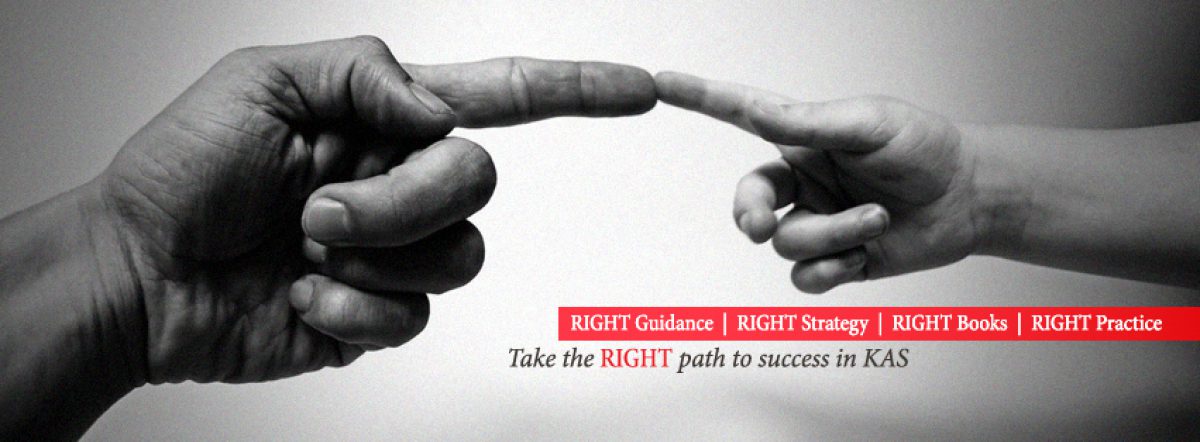4. Shakthan Thampuran Palace
Shakthan Thampuran was a ruler of the erstwhile Kingdom of Cochin. The word shakthan means powerful, and the king, whose actual name was Rama Varma Thampuran, was called so because he was a powerful ruler. The palace he left behind in the town of Thrissur evokes many memories, questions, and curiosities in the minds of the viewers.
Shakthan Thampuran Palace can be especially interesting for those who are interested in the history and strategies of Perumpadappu Swaroopam which was the ruling family of Kochi (Cochin) to which Shakthan Thampuran belonged.
The period of Shakthan Thampuran’s rule (1790-1805) is known as the golden era of the kingdom of Cochin. He maintained good relations with the British who wielded enormous power in those days, and also with other South Indian kingdoms like Travancore and Mysore. He played a significant role in eventually making the city of Thrissur the cultural capital of Kerala.
The original name of Shakthan Thampuran Palace was Vadakkerchira Kovilakam. Shakthan Thampuran incorporated local as well as Dutch elements of architecture in Palace building. Shakthan Thampuran died in 1805 and was buried in the Shakthan Palace.
5. Kuthira Malika Palace

The words Kuthira Malika means ‘mansion of horses’ and the uninitiated may think that the palace is a grand stable built to house horses. In reality, the building gets the name from the row of horses that are sculpted into the brackets that support the roof. The palace, also known as Puthen Malika Palace, is adjacent to the Sree Padmanabhaswamy Temple in Thiruvananthapuram. It was built by Swathi Thirunal Balarama Varma, the ruler of the former Kingdom of Travancore who was a social reformer and poet and musician. It was built in the traditional Kerala style in the 1840s, with pillared verandahs and overhanging eaves.
One part of the palace is a museum that houses many valuable objects and relics owned by the royal family. The celebrated Navarathri Mandapam, which is the venue of famous music concerts, is located just in front of Kuthira Malika Palace.
6. Arakkal Palace

The Arakkal Palace was the only Muslim dynasty that existed in Kerala. So Kannur in north Kerala, ruled by Ali Rajas was very significant. The palace and other buildings in the area are built of wood, an example of regional architecture.
At one time in history, the Arakkal dynasty held sway over a little more than Kannur town and Lakshadweep. The rulers were selected without any gender discrimination. This was quite unique. The eldest member in the family was the ruler and the patron. The male rulers were known as Ali Rajas and women rulers, Arakkal Beevis. The dynasty had close contacts with Haider Ali, Tippu Sultan, the Bijapur Sultan and the Dutch. However, with the British conquering Mysore, the decline of the Arakkal dynasty began.
7. Dutch Palace

Though known as the Dutch Palace, it was actually built by the Portuguese. The Dutch only made modifications to it. The Portuguese who looted and plundered most of the region at the beginning of the 16th century, in a bid to establish commercial ties with the royal dynasty, built a palace and gifted it to the King Veera Kerala Varma. Though the Dutch made improvements to it, like the Portuguese, they too did not stay in it. This later became the official residence of the Kochi dynasty. Important functions of the Kochi dynasty were held in the Dutch Palace.
In the middle of the courtyard stands a shrine dedicated to Pazhayannur Bhagavathi, the Goddess of the Kochi royal family.





